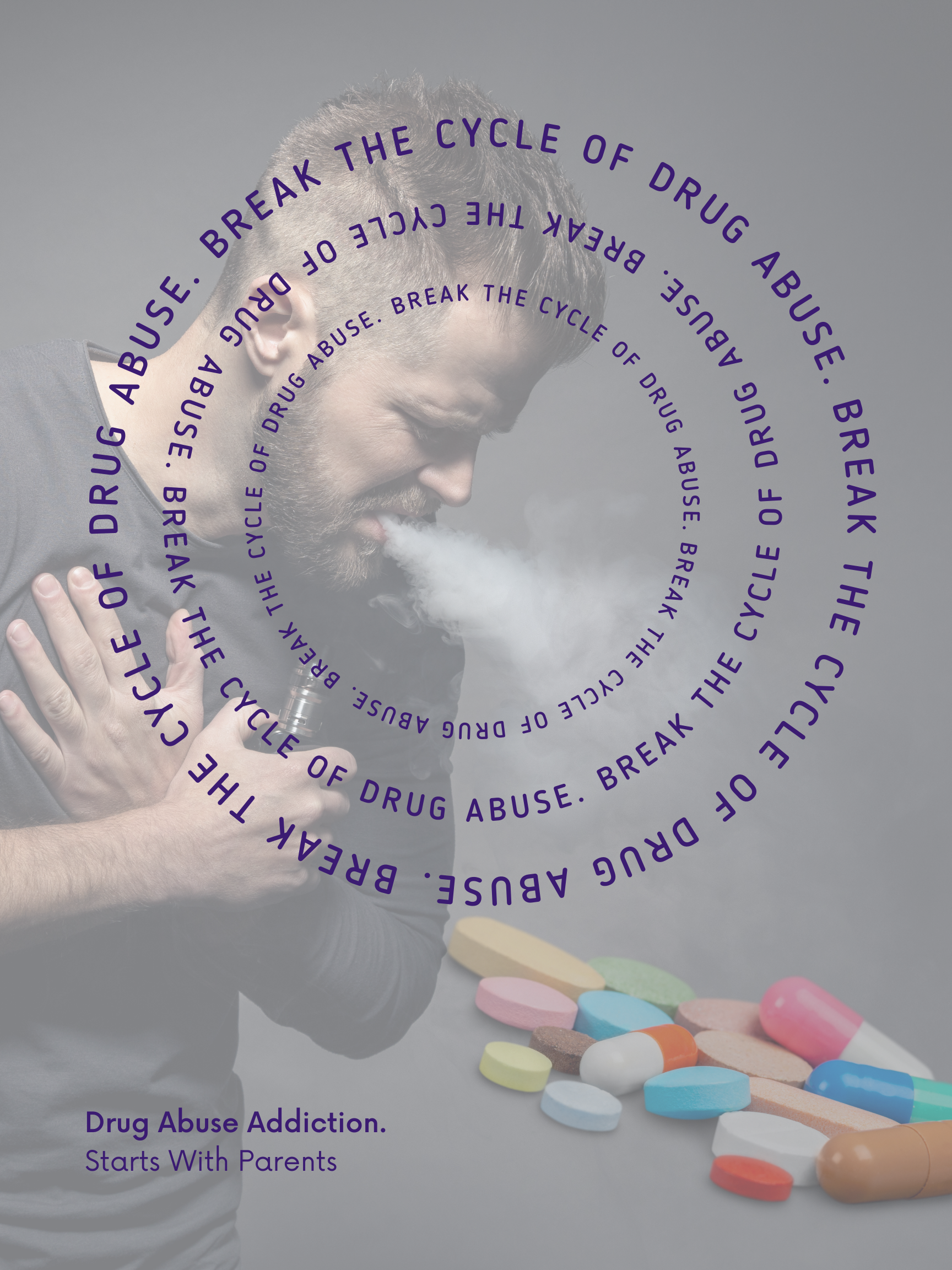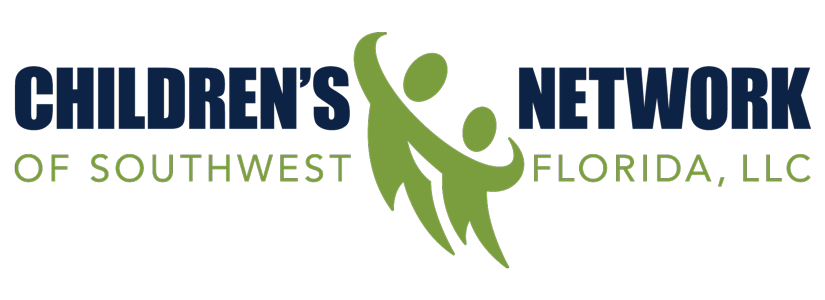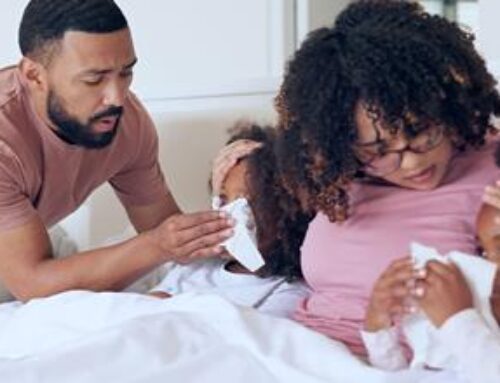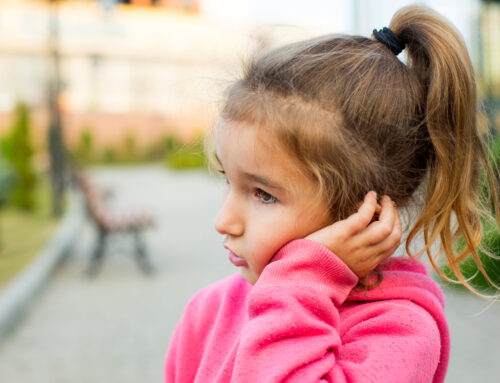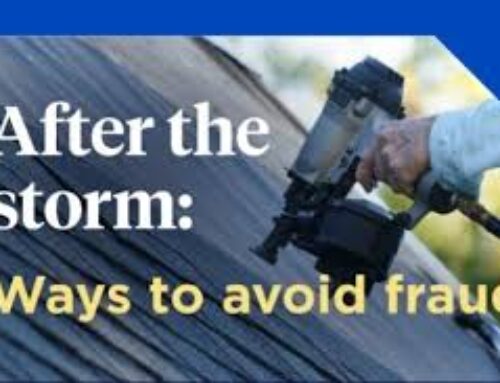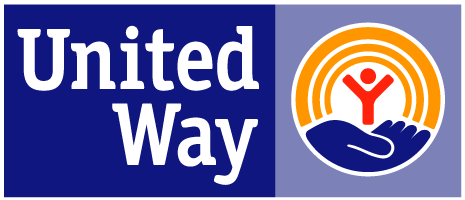Prevention starts with parents
As a parent, you have a major impact on your child’s decision not to use tobacco, alcohol, and drugs.
- Prevention starts when you start talking with, and listening to, your child.
- Help your child make good choices and good friends.
- Teach your child different ways to say “No!”
Drugs, including tobacco and alcohol, are easily available to children and adolescents. As a parent, you have a major impact on your child’s decision not to use drugs.
Most likely, children in grade school have not begun to use alcohol, tobacco, or any other kind of drug. That is why grade school is a good time to start talking about the dangers of drug use. Prepare your child for a time when drugs may be offered.
Drug abuse prevention starts with parents learning how to talk with their children about difficult topics. Then, the programs offered by school, sports, and other groups can support what you have started.
Parents are powerful
Parents are the strongest influence that children have. There is no guarantee that your child won’t use drugs, but drug use is much less likely to happen if you:
- Provide guidance and clear rules about not using drugs.
- Spend time with your child.
- Do not use tobacco or other drugs yourself.
If you do drink, do so in moderation, and never drive after drinking.
What messages do your actions and words send to your child?
Children notice how parents use alcohol, tobacco, and drugs at home, in their social life, and in other relationships. This includes how parents deal with strong feelings, emotions, stress, and even minor aches and pains.
Having a designated driver sends a very important message to children—safety and responsibility.
Actions speak louder than words. Children really do notice what their parents say and do.
Prevention starts when you start talking—and listening
Talk honestly with your child about healthy choices and risky behaviors. Listen to what your child has to say. Make talking and listening a habit, the earlier the better!
Learn the facts about the harmful effects of drugs.
Talk with your child about the negative effects alcohol and drugs would have on their brains and bodies and their ability to learn or play sports. Ask your pediatrician about the other dangers of drug use.
As part of your regular safety conversations, talk about avoiding tobacco, alcohol, and drug use.
Be clear and consistent about family rules. It does not matter what other families decide; your family rules show your family values.
Correct any wrong beliefs your child may have.
- “Everybody drinks.”
- “Marijuana won’t hurt you.”
Avoid TV programs, movies, and video games that glamorize tobacco, alcohol, and drugs. Since it’s hard to escape the messages found in music and advertising, discuss with your child the influence these messages have on us.
Find time to do things together.
Eating together as a family is a good time to talk and learn about what’s going on.
Making smart choices
It’s a parent’s job to use love and experience to correct mistakes and poor choices.
By using a mix of praise and criticism, you can correct your child’s behavior without saying your child is bad. This helps children build self-confidence and learn how to make healthy and safe choices. In time, making smart choices on their own will become easier.
Let children know you care about them. Talk with them about being safe.
Help your child make good choices and friendships!
A good sense of self-worth and knowing what is right and wrong will help your child say “No!” to drugs and other risky behaviors. Help your child by
- Noticing efforts as well as successes.
- Praising for things done well and for making good choices.
Encourage positive friendships and interests.
- Check to see that the friends and neighbors your child spends time with are safe and have values similar to yours.
- Find ways to get your child involved in sports, hobbies, school clubs, and other activities. These usually are positive interactions that help develop character and lead to good peer relationships.
- Look for activities that you and your child or the entire family can do together.
Help your child learn the importance of being a responsible individual and what it means to be a real friend.
Children need to learn that doing something they know is wrong is not a good way to “fit in” or feel accepted by others.
Remind your child that real friends do not:
- Ask friends to do risky things like use alcohol, tobacco, or drugs.
- Reject friends when they don’t want to do something that they know is wrong.
Good communication between you and your child is one of the best ways to prevent drug use. If talking with your child becomes a problem, ask your pediatrician for help.
Help your child learn different ways to say “no!”
Teach your child how to respond to someone offering drugs. It is much easier to say “No!” when prepared ahead of time.
It helps if you role play and practice. This way, it becomes natural to do at least one of the following:
- Firmly say, “No!”
- Give a reason—“No thanks, I’m not into that.” or “No, my parents would get really mad at me.”
- Suggest something else to do, like watch a movie or play a game.
- Leave—go home, go to class, go join other friends.
Middle and high school students commonly use vaping shortly after awakening, but not other tobacco products. This activity is associated with addiction. Vaping is easier to hide than are other forms of tobacco.
More research is needed about the relation e-cigarettes and smoking cigarettes. It seems that for those who never smoked but began using e-cigarettes were much more likely to smoke tobacco.
Disclaimer
The information contained in this publication should not be used as a substitute for the medical care and advice of your pediatrician. There may be variations in treatment that your pediatrician may recommend based on individual facts and circumstances.
Peace,
Irwin J. Kash MD
Irwin J. Kash
